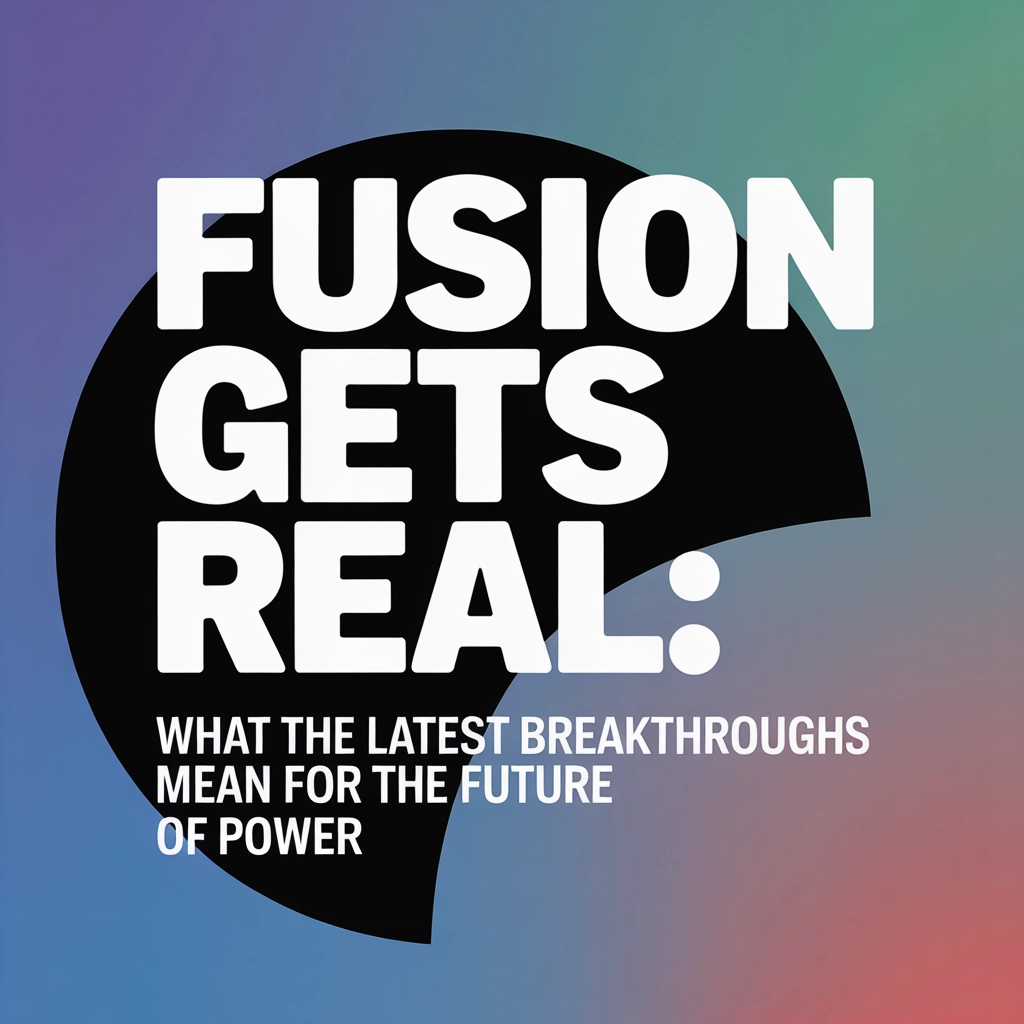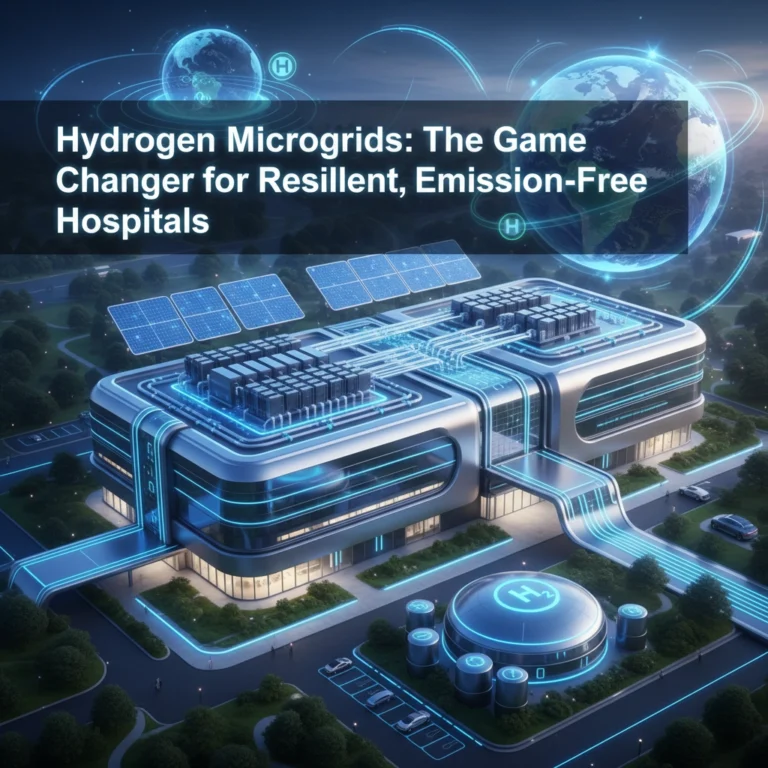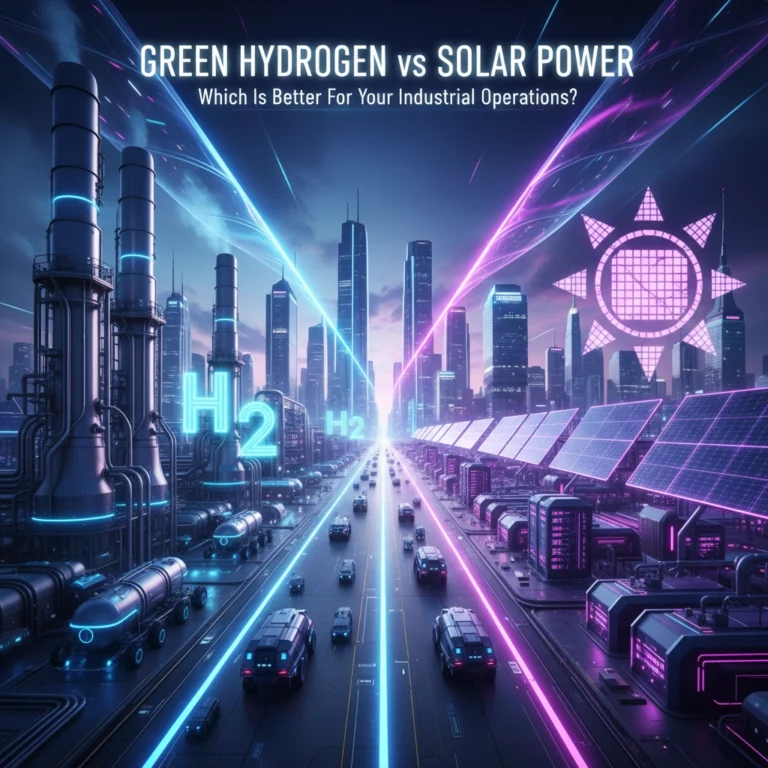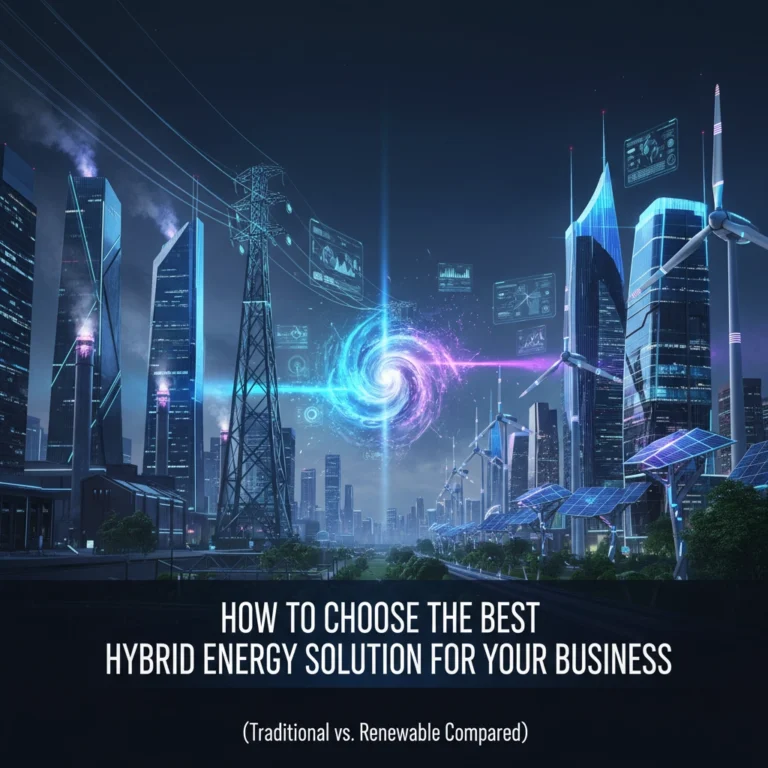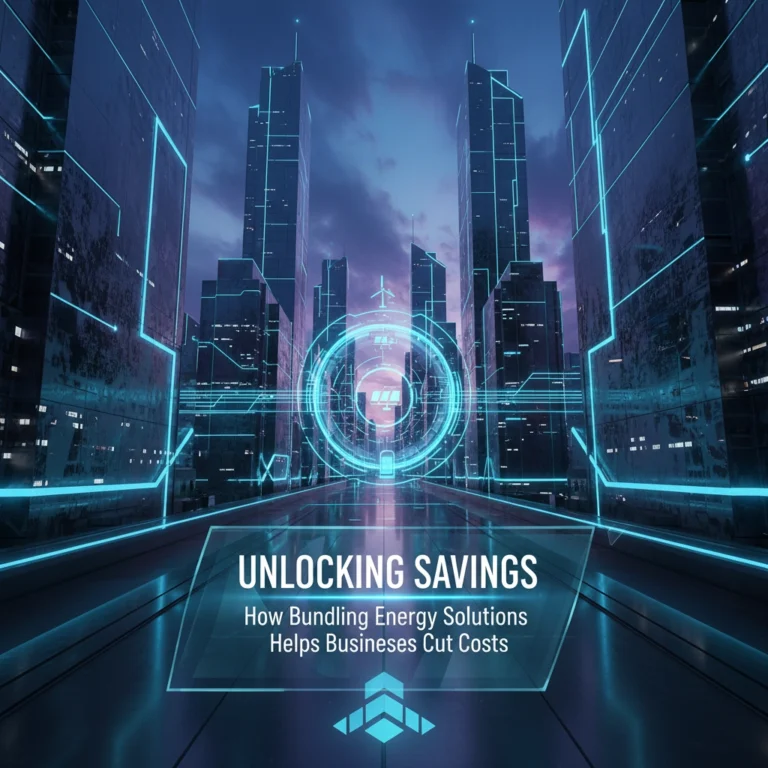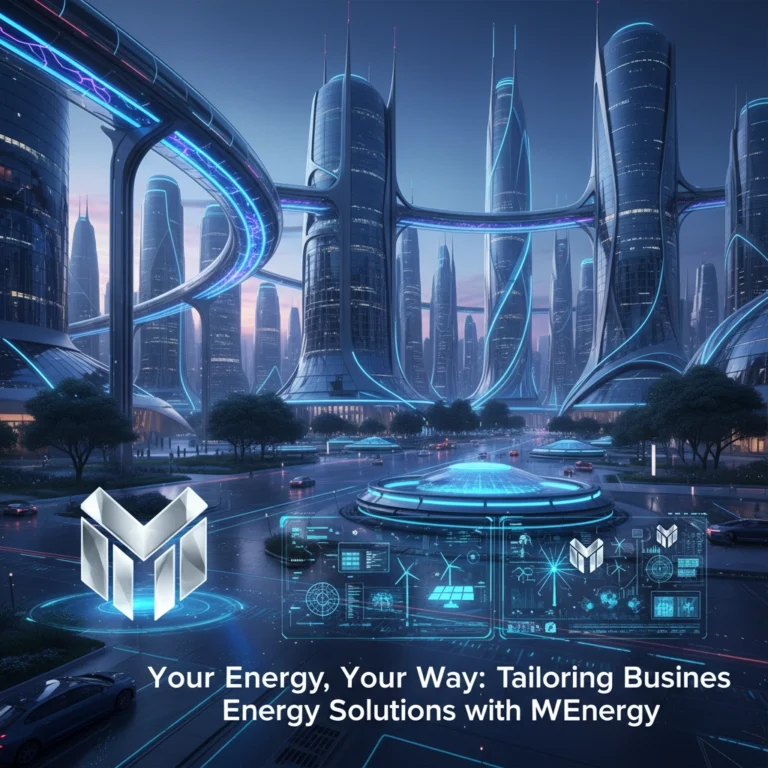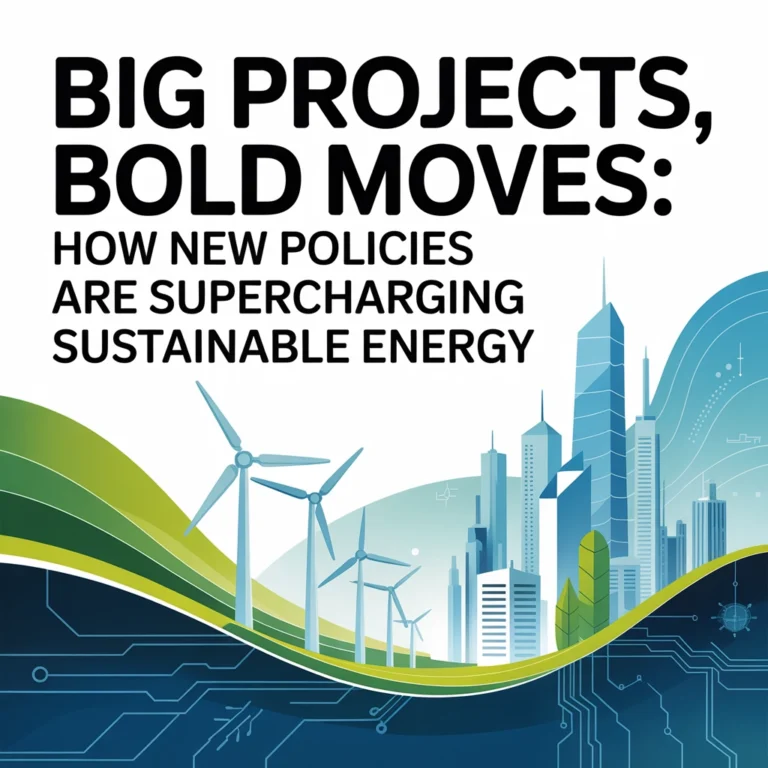Fusion Gets Real: What the Latest Breakthroughs Mean for the Future of Power
For decades, fusion energy has been the "20 years away" promise that never seemed to get any closer. But 2025 has been different. Really different. We're witnessing breakthroughs that are fundamentally changing the conversation around clean energy, and honestly, it's pretty exciting to see science fiction becoming science fact.
The Game-Changing Moments of 2025
Let's talk about what's actually happened this year, because the numbers are wild. The National Ignition Facility (NIF) at Lawrence Livermore didn't just achieve fusion ignition once—they've done it multiple times, with their latest success on February 23rd setting a new record with a target gain of 2.44. That means the fusion reaction produced almost two and a half times more energy than was pumped directly into the target.
But here's the thing that really gets us excited: this isn't just about one approach anymore. While NIF is crushing it with their laser-driven inertial confinement method, China's EAST reactor (they call it their "artificial sun," which is pretty cool) just smashed records by keeping plasma stable for over 1,000 seconds. That's more than 17 minutes of controlled fusion—a massive leap from previous attempts.
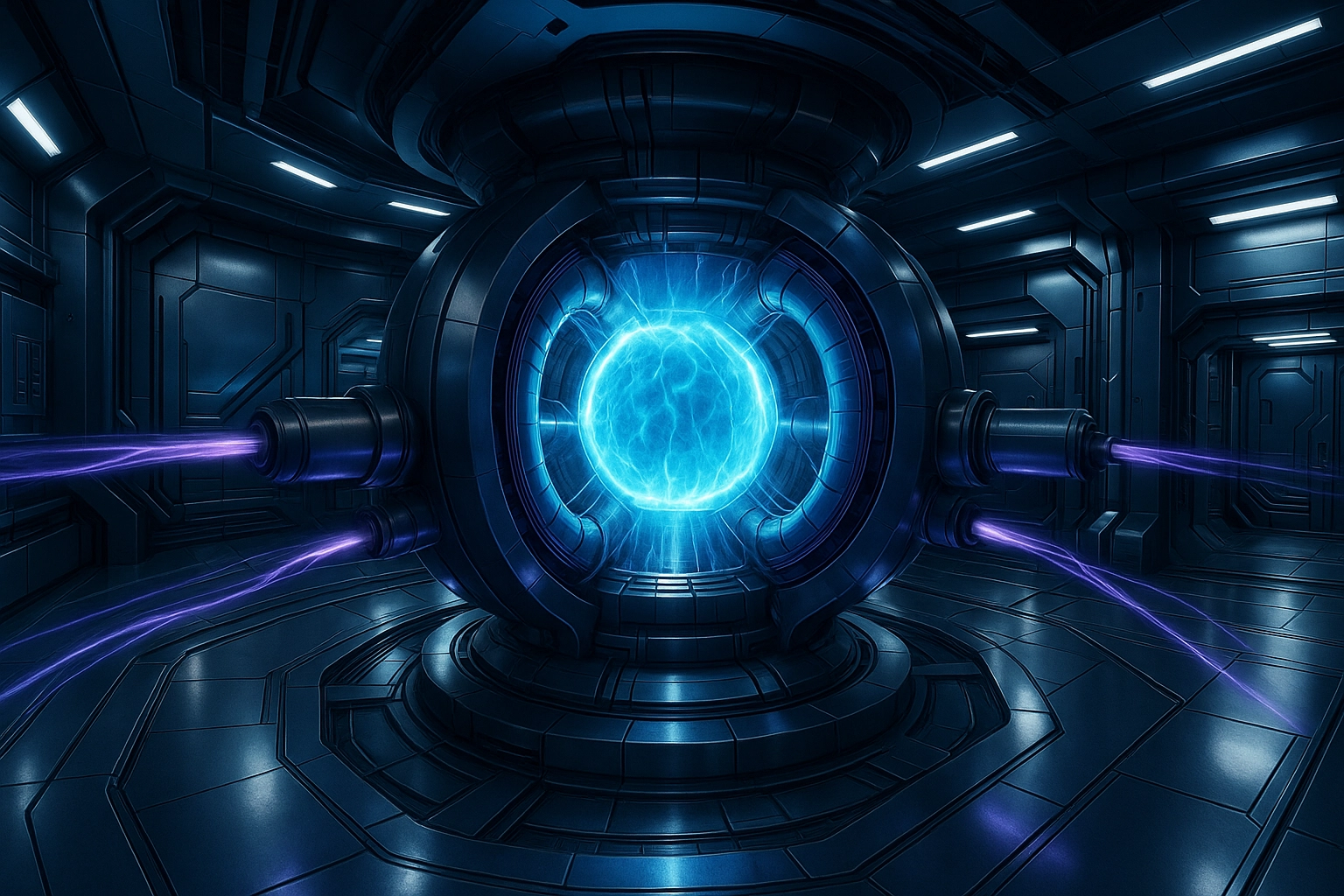
The 70-Year Problem That Just Got Solved
Here's where things get really interesting for the future of fusion energy development. Scientists from the University of Texas, Los Alamos, and Type One Energy Group just cracked a puzzle that's been stumping researchers since the 1950s. They figured out how to design magnetic confinement systems that don't leak high-energy particles—and they can do it 10 times faster than before.
This isn't just an incremental improvement. This is the kind of breakthrough that changes timelines. When you can design and test reactor concepts 10 times faster, suddenly that "always 20 years away" timeline starts looking a lot more realistic.
What This Actually Means for Power Generation
Let's get real about what these breakthroughs mean for the energy landscape. We're not talking about fusion power plants coming online next year, but we are talking about a fundamentally different development trajectory.
The NIF results prove that we can achieve net energy gain from fusion reactions consistently. The EAST record shows we can maintain the extreme conditions needed for sustained power generation. And the new design methods mean we can iterate on reactor designs much faster than ever before.
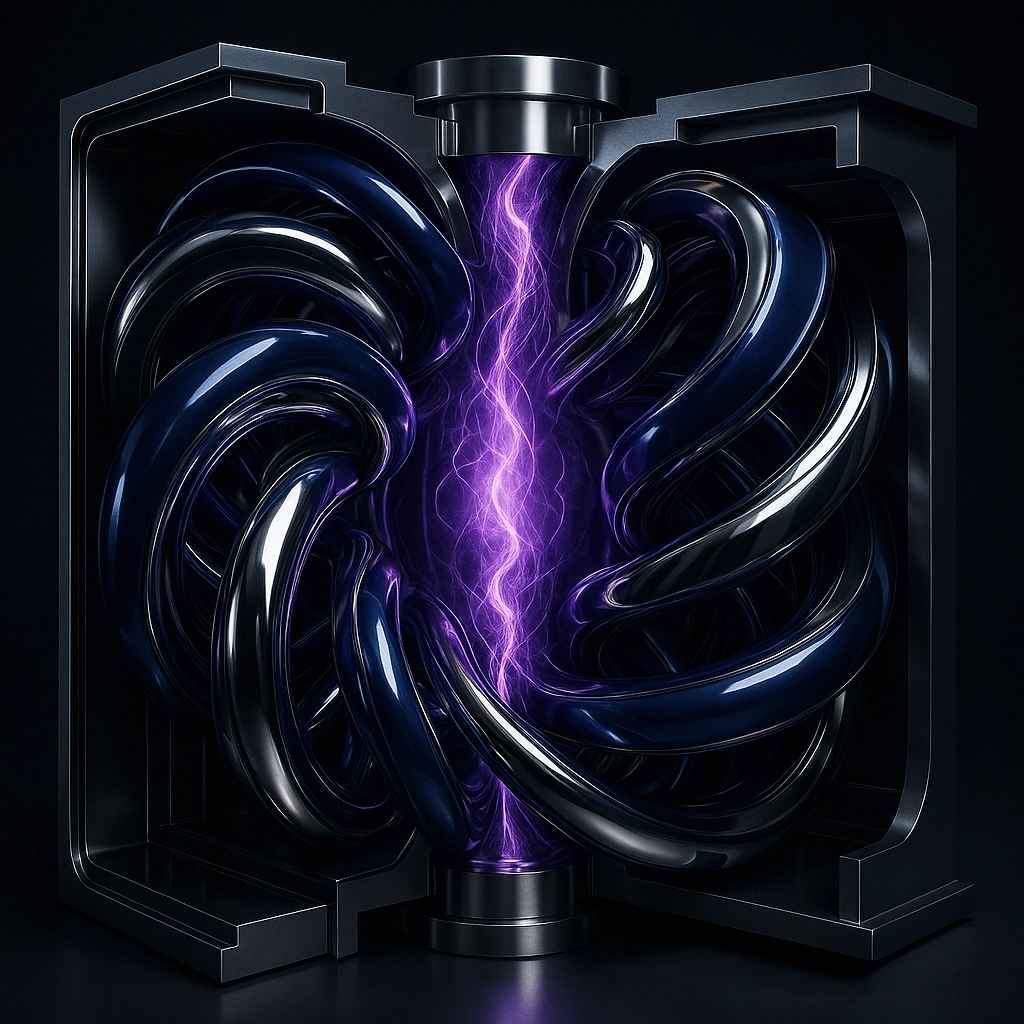
Multiple Paths to Success
What's fascinating is that we're seeing progress across completely different fusion approaches simultaneously. It's like having multiple routes to the same destination—if one hits a roadblock, others keep moving forward.
The laser-driven approach at NIF focuses intense energy bursts on tiny fuel pellets, creating conditions even more extreme than the sun's core. Meanwhile, magnetic confinement systems like EAST use powerful magnetic fields to contain super-hot plasma in a controlled environment for extended periods.
Both approaches have their advantages. Inertial confinement has proven it can achieve net energy gain, while magnetic confinement is showing it can sustain reactions long enough for practical power generation. The fact that both are advancing rapidly gives us multiple shots at solving the commercial fusion puzzle.
The Engineering Reality Check
Now, let's be honest about the challenges that remain. When NIF achieved that 2.44 target gain, that measurement only counts the energy delivered directly to the fuel pellet, not the massive amount of electricity needed to power the entire laser system. The complete energy balance—from wall plug to usable electricity—is still a significant engineering challenge.
Similarly, while EAST's 17-minute plasma containment is impressive, commercial fusion plants will need to operate continuously for months, maintaining precise control over temperatures exceeding 100 million degrees Celsius. That's roughly six times hotter than the sun's core, sustained in a reactor you could walk around.
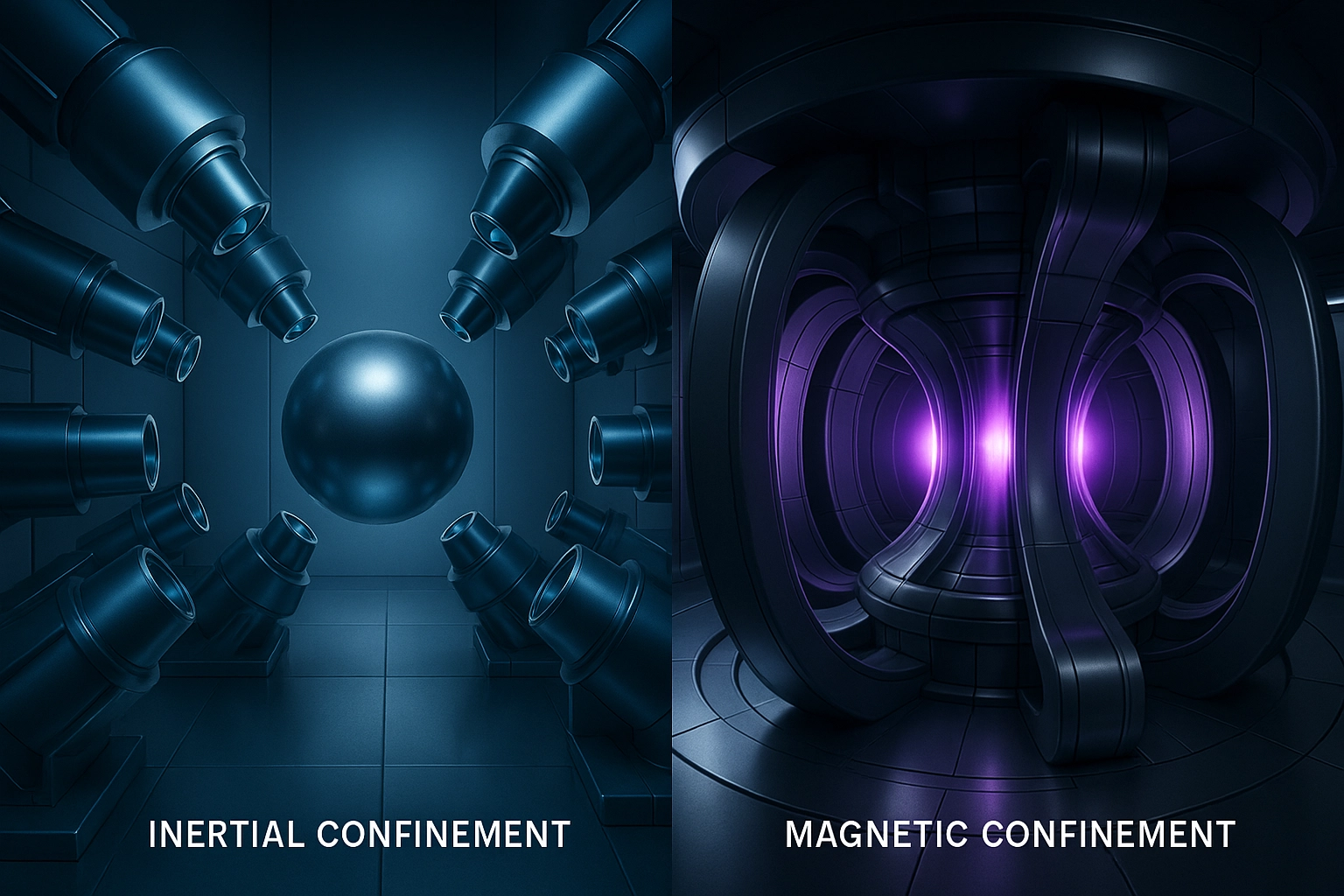
The materials science challenges alone are staggering. Reactor components need to withstand neutron bombardment that would quickly damage conventional materials. We need to develop tritium breeding systems to fuel reactions. And we need to make all of this economically competitive with other clean energy solutions.
Why This Time Feels Different
Here's what makes 2025 different from previous fusion "breakthroughs": we're seeing convergent progress across multiple technical challenges simultaneously. It's not just one lab achieving one milestone—it's systematic advancement across the entire fusion development landscape.
The new stellarator design methods don't just make development faster; they enable reactor configurations that were previously impossible to analyze. When combined with the demonstration that both inertial and magnetic confinement can work at scale, we're looking at a fundamentally different development environment.
Plus, the investment landscape has changed dramatically. Private companies are pouring billions into fusion research, complementing decades of government investment. This combination of public research breakthroughs and private capital is accelerating development in ways we haven't seen before.
Timeline to Reality
So when will we actually see fusion power plants feeding electricity into the grid? The honest answer is still probably the 2030s to 2040s for the first commercial installations. But here's the crucial difference: these recent breakthroughs make that timeline credible rather than aspirational.
The rapid design capabilities mean prototype reactors can be built and tested much faster. The demonstrated energy gains prove the physics works at scale. The sustained plasma control shows long-term operation is achievable.
We're transitioning from "can we make fusion work?" to "how do we make fusion work economically at scale?" That's a fundamentally different engineering challenge, and one that multiple well-funded teams are now equipped to tackle.
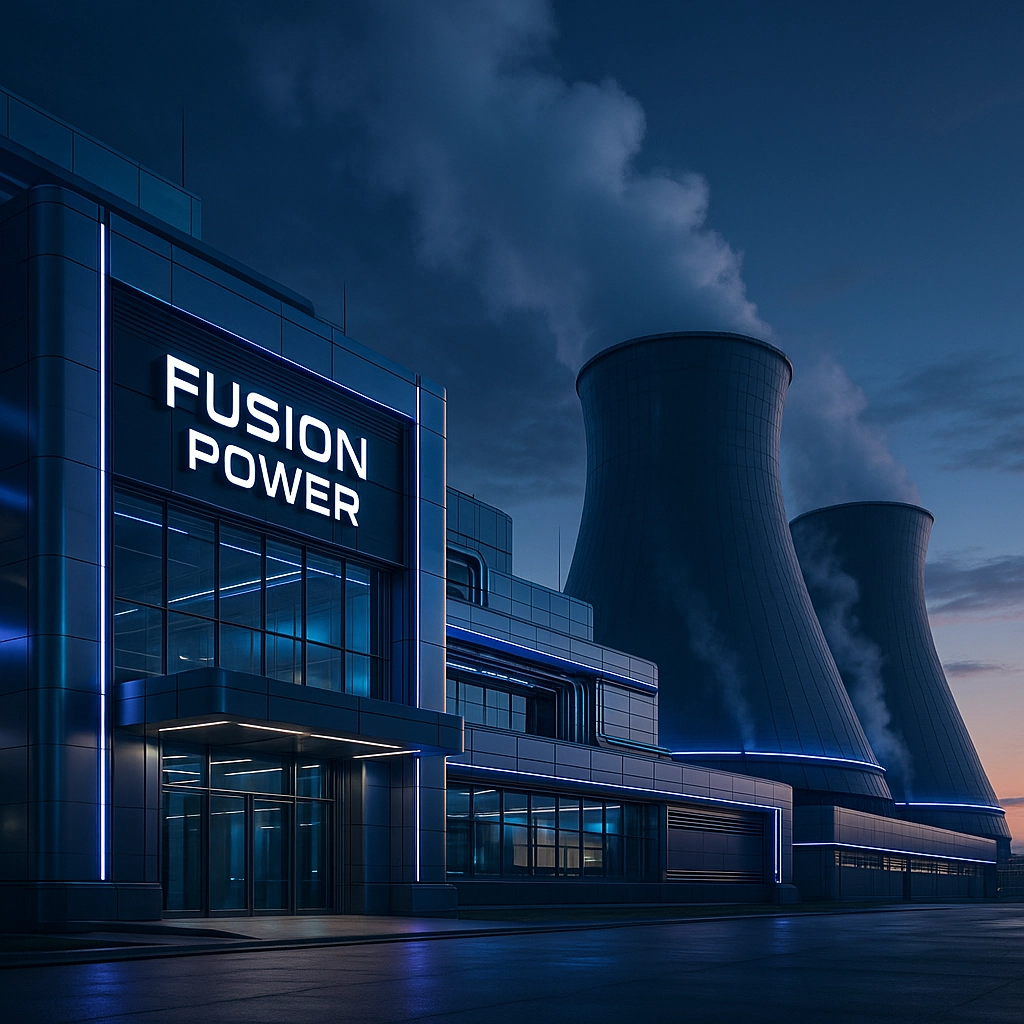
Beyond Just Electricity
The implications extend far beyond just adding another clean energy source to the grid. Fusion technology development is driving advances in materials science, plasma physics, and precision engineering that have applications across industries. The same technologies being developed for fusion reactors could revolutionize manufacturing, space exploration, and scientific research.
For companies like MWEnergy working across the energy transition, fusion represents the ultimate clean energy source—no carbon emissions, no long-lived radioactive waste, and fuel that's essentially unlimited. While we continue advancing solar, hydrogen, and other clean technologies, fusion could be the piece that completes the puzzle of a fully decarbonized energy system.
The Bigger Picture
What we're witnessing isn't just scientific achievement—it's the emergence of a technology that could fundamentally reshape how we think about energy scarcity and environmental impact. Unlike renewable sources that depend on weather and geography, fusion could provide consistent baseload power anywhere on Earth.
The recent breakthroughs suggest that fusion energy has moved from the realm of fundamental physics research into applied engineering. That's a massive shift that opens up development possibilities we've never had before.
While challenges remain significant, the convergence of multiple successful approaches, new design methodologies, and sustained investment creates a development environment unlike anything we've seen in fusion's 70-year history. For the first time, "fusion in 20 years" might actually mean fusion in 20 years.
The future of clean energy just got a lot more interesting, and we're here for all of it.

